So @shafee answered this question in the comments and also provided some pointers for a python version in this answer.
For R you can use class-output:sql which will properly highlight what is returned by dplyr::show_query:
---
title: "sql highlighting"
format: html
---
```{r}
library(dbplyr)
library(dplyr, warn.conflicts = FALSE)
con <- DBI::dbConnect(RSQLite::SQLite(), ":memory:")
copy_to(con, mtcars)
```
```{r}
#| class-output: sql
tbl(con, "mtcars") %>%
group_by(cyl) %>%
summarise(mpg = mean(mpg, na.rm = TRUE)) %>%
arrange(desc(mpg)) %>%
show_query()
```
For python (or ibis at least), you need to make use of a lua filter. Adapting @shafee's work I created this lua file:
sql-highlight.lua
function add_sql_class()
return {
CodeBlock = function(cb)
if not cb.classes:includes('sql') then
cb.classes:insert('sql')
end
return cb
end
}
end
function add_class_to_cb()
return {
Div = function(el)
if el.classes:includes('cell-output') then
return el:walk(add_sql_class())
end
end
}
end
function add_class_to_output()
return {
Div = function(el)
if el.classes:includes('cell') then
return el:walk(add_class_to_cb())
end
end
}
end
function Pandoc(doc)
if FORMAT == 'revealjs' then
return doc:walk(add_class_to_output())
end
end
And then with ibis you are then able to get some nicer sql syntax highlighting:
---
title: "SQL Highlight"
format: revealjs
jupyter: python3
filters:
- sql-highlight.lua
---
```{python}
#| echo: false
import os
import urllib.request
from ibis.interactive import *
```
```{python}
#| echo: false
ibis.options.interactive = True
penguins = ex.penguins.fetch()
```
## Generate SQL
```{python}
#| classes: output-highlight
#| echo: true
ibis.show_sql(
penguins
.filter(penguins.species == "Adelie")
.group_by(["island", "year"])
.aggregate(penguins.bill_length_mm.mean())
)
```
which ends up looking like this:


